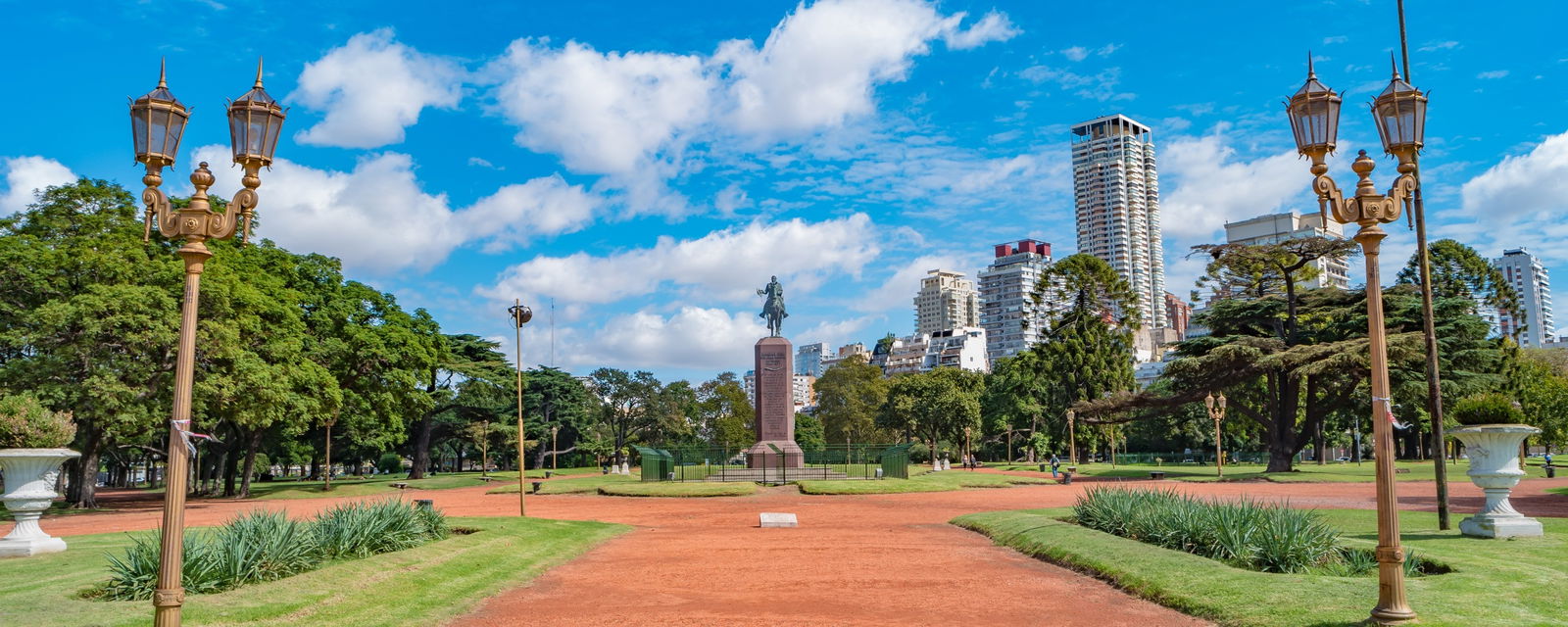


Argentina’s capital city has plenty to offer anyone wanting to see for themselves what authentic South American culture truly embodies. La Casa Rosada, the renowned “Pink House,” anchors the city. From its balcony you can see iconic sites along with a thriving and bustling city center. Buenos Aires’ Florida Street really is the main attraction as far as shopping, dining and checking out the local flavor. By night, this world-famous strip features live performances, music, and more festive food and drink. Artistic culture is also alive and well in this Argentine hub. La Boca, a small enclave, is comprised of ultra-colorful buildings and murals painted to match the eclectic and expressive temperament of the people who live there.
When in Argentina’s capital city, the restaurants are a can’t miss. The specialty of the region…of course it’s the classic mixed grill. An area known for its premium beef, steaks are a must have when visiting this city. It’s not just its restaurant however that are the regional draw; street vendors with mouthwatering empanadas, another Argentine favorite, are in no short supply throughout Buenos Aires.
Home of the Tango, in some ways this is also a city that never sleeps. Not eating dinner until 9 or 10, Argentinians then head to the clubs. Night life here is legendary. The boliches (nightclubs) feature some of the area’s top DJs. It truly is a dancer’s haven.
Home to the famed Teatro Colon, the city is known to have one of the ten best opera houses in the world. Beyond opera, tourists here enjoy the MALBA Museum—showcasing amazing Latin American art. And you can always scour the city for its deep history. Visit Evita’s grave or walk through the Plaza de Mayo—the scenic city square representing its true roots.

Buenos Aires' winter, from June to August, offers mild weather with temperatures ranging from the low 40s to mid-60s Fahrenheit. It's an ideal time to visit the capital city of Argentina as it allows for pleasant sightseeing and exploring the city's cultural attractions. Winter is perfect for attending tango shows, a quintessential Argentine dance, and enjoying delicious traditional dishes like empanadas and dulce de leche.

Spring in Buenos Aires, from September to November, brings mild temperatures with highs in the 60s to low 70s Fahrenheit. The city's landscapes bloom with colorful flowers and green parks after the winter months. Spring is ideal for strolling through neighborhoods like Palermo and Recoleta, known for their beautiful architecture, trendy boutiques, and charming cafes.

Buenos Aires' summer, from December to February, can be hot and humid with temperatures in the 70s to mid-90s Fahrenheit. It's a lively time to visit the city as locals embrace the festive spirit. Summer offers opportunities for enjoying outdoor activities like picnics in the parks, boat rides along the Río de la Plata, and attending open-air concerts and festivals.

Fall in Buenos Aires, from March to May, brings pleasant temperatures with highs in the 60s to 70s Fahrenheit. The city's trees display vibrant autumn colors, creating a picturesque atmosphere. Fall is ideal for exploring historical landmarks like Plaza de Mayo and the iconic Obelisk. Visitors can also indulge in Argentine wine tasting and explore nearby wine regions like Mendoza.
